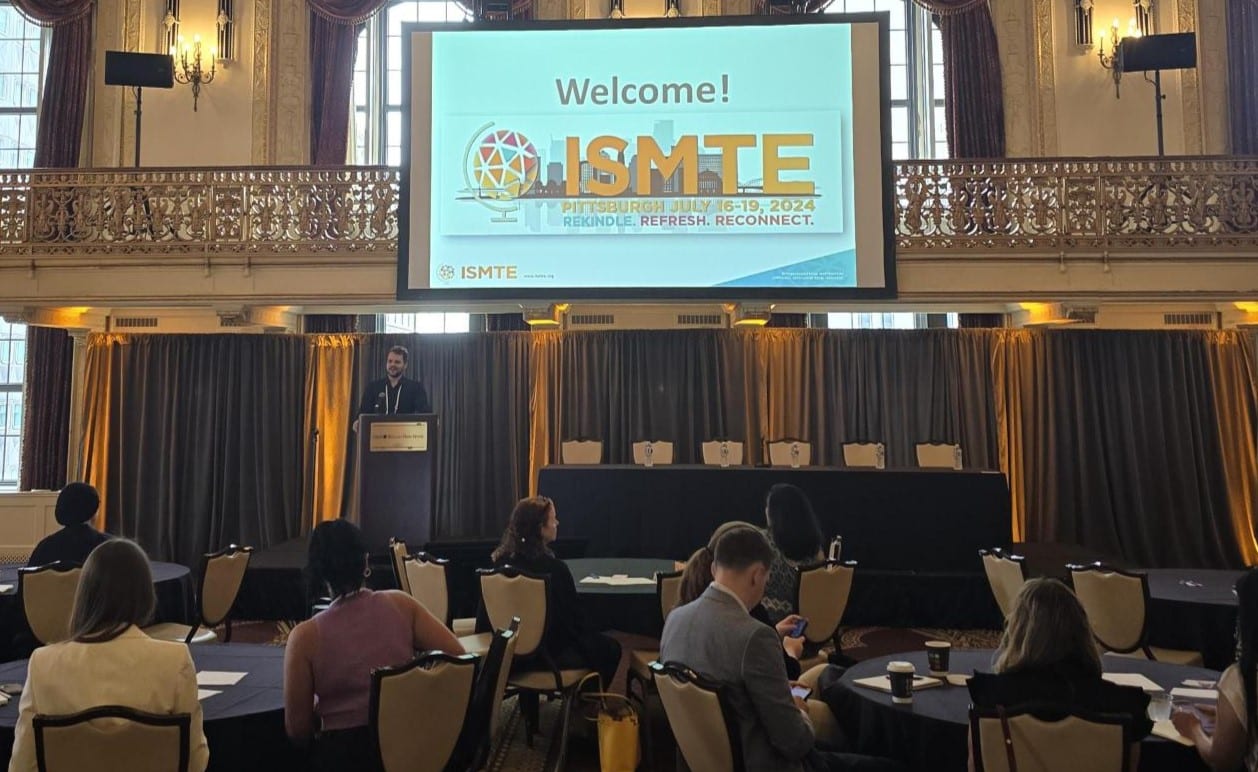In the scholarly publishing landscape of 2025, growth remains a critical focus for peer review service providers. However, the challenge lies not just in expansion, but in achieving sustainable growth that benefits both service providers and publishers while maintaining team well-being. For organizations managing Journal Editorial Office (JEO) services, and research integrity checks, this balance is particularly crucial.
The Evolution of Peer Review Services
Today’s publishers seek more than just task management—they need strategic partners who can enhance their scholarly communication workflow. This shift demands a thoughtful approach to growth that preserves service quality while scaling operations. The key lies in building a framework that supports three essential pillars: team sustainability, publisher value creation, and technological innovation.
Fostering Team Excellence Without Compromising Well-being
The human element remains central to peer review services, despite increasing automation. Creating a sustainable work environment requires several strategic initiatives:
Workload Management and Resource Allocation
- Implement dynamic workload distribution systems that account for manuscript complexity and team member expertise
- Establish clear escalation pathways for handling sudden volume increases
- Create buffer capacity through cross-training team members across different service areas
Professional Development and Skill Enhancement
- Develop specialized training programs in emerging areas like AI-assisted manuscript screening
- Create mentorship programs pairing experienced members with newcomers
- Offer certification programs in reviewer selection and publication ethics
Building a Resilient Team Culture
- Schedule regular one-on-one check-ins focused on career growth and challenges
- Implement a feedback system that captures both operational and wellness metrics
- Create channels for sharing best practices and celebrating team successes
Delivering Enhanced Value to Publishers
Modern publishers face increasing pressure to maintain high scholarly standards while accelerating publication timelines. Here’s how peer review services can provide enhanced value:
Advanced Quality Assurance
- Deploy automated tools for consistency checking across manuscript submissions
- Implement multi-layer screening protocols that combine automated and human expertise
- Develop customized quality metrics aligned with each publisher’s specific requirements
Comprehensive Research Integrity Solutions
- Introduce advanced detection systems that identify sophisticated manipulation
- Develop papermill detection algorithms that flag unusual or suspicious submission patterns
- Create comprehensive ethics checking workflows that include image manipulation detection
Data-Driven Publisher Support
- Generate monthly analytics dashboards showing key performance trends
- Provide predictive analytics for submission volumes
- Offer strategic recommendations based on peer review performance metrics
Leveraging Innovation for Sustainable Growth
Innovation must serve practical purposes rather than simply following trends. Key focus areas include:
Strategic AI Implementation
- Automate routine tasks like reference checking and formatting verification
- Develop smart reviewer matching algorithms that consider expertise, availability, and past performance
- Create predictive models for manuscript quality assessment
Workflow Optimization
- Streamline communication channels between different service components
- Implement adaptive workflows that respond to varying manuscript volumes
- Create integrated quality control checkpoints throughout the process
Performance Measurement
- Define and track meaningful KPIs that reflect both efficiency and quality
- Implement real-time monitoring systems for critical service metrics
- Create feedback loops that drive continuous improvement
Looking Ahead: A Blueprint for 2025
As we progress through 2025, sustainable growth in peer review services will require:
Strategic Priorities
- Invest in team development while maintaining operational excellence
- Build deeper partnerships with publishers through proactive service enhancement
- Embrace technological advancement without losing the human touch in peer review
Action Steps
- Regular assessment of team capacity and capabilities
- Continuous refinement of service offerings based on publisher feedback
- Ongoing evaluation and integration of emerging technologies
Sustainable growth in peer review services is not just about expanding operations—it’s about creating lasting value for all stakeholders while maintaining service excellence. By focusing on team development, publisher partnerships, and strategic innovation, we can build a foundation for long-term success in scholarly publishing.
About the author:
Abdul Hakkim is the Senior Manager, Peer Review Services at Integra, a leader in scholarly publishing services. With extensive experience in setting up teams and ensuring the highest standards of quality, Hakkim excels at meeting publisher requirements and driving operational excellence. His expertise spans across supporting research integrity, enhancing manuscript screening, and optimizing peer review processes. Hakkim is dedicated to improving efficiency and fostering innovation in the publishing industry, shaping its future through leadership and strategic growth.













